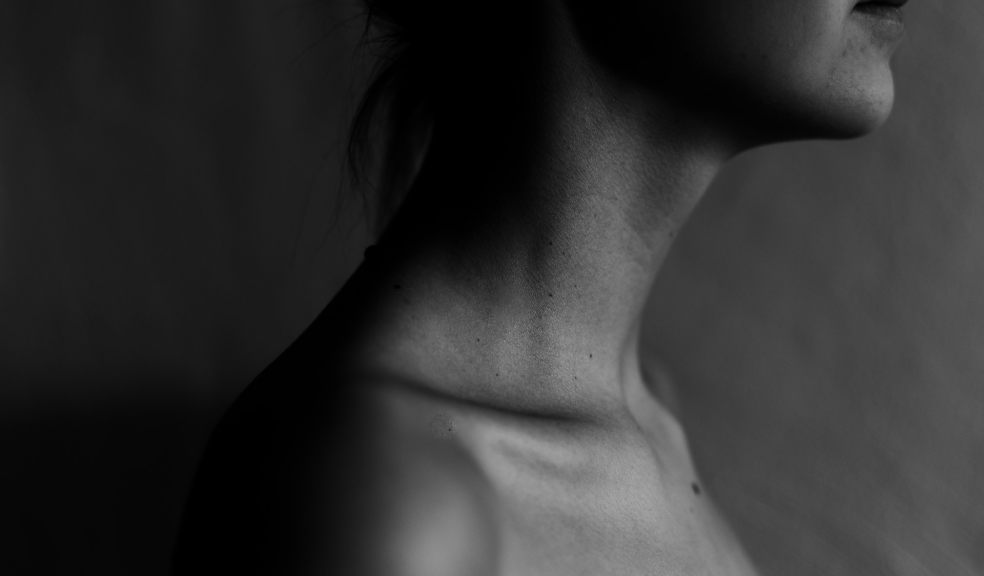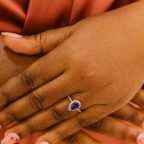
What Parts of Your Face Most Show the Signs of Ageing?
As we age our skin loses not only moisture but also fat and collagen, this then causes the skin to begin to sag and crease causing the look of fine lines and wrinkles and aged crepey skin.
The ageing process is a normal and unstoppable symptom of time and will affect each part of our body including our face, neck and hands. Over time, the skin loses its elasticity, the production of collagen declines, and the facial muscles weaken, leading to wrinkles, fine lines, and sagging skin. While ageing is a gradual process that affects the entire face, specific areas can be more prone to showing signs of ageing than others, especially if other factors are involved such as sun damage or smoking. Understanding which parts of your face are most susceptible to the effects of aging can help you take preventative measures to maintain a youthful appearance and slow down Mother Nature’s timeline.
The upper face
The forehead is one of the most obvious areas of the face that shows signs of ageing as lines and wrinkles across the area are often the first to appear, usually around the mid-thirties in women. These are often caused by repetitive movements from facial reactions and expressions such as raiding the eyebrows and frowning. Additionally, vertical lines, or “elevens lines”, may appear between the eyebrows due to muscle contractions and loss of collagen from frowning. As we mature, these fine lines and wrinkles become deeper and more static and can contribute to an aged or tired appearance. Botox injections and skin boosters are common treatments to smooth out forehead wrinkles and restore a youthful look and glow. To find a salon or clinic to perform these treatments for you, you can search online, for example, “anti-wrinkle injections London”.
Midface
The thin and delicate skin around the eyes is particularly prone to the signs of ageing, fine lines, crow's feet, and under-eye wrinkles often develop due to factors such as sun exposure, genetics, and loss of skin elasticity. Puffiness under the eyes and dark circles or hollow, sunken skin may become more prominent as the skin thins, facial fat pads reduce and blood vessels become more visible, treatments such as dermal fillers, laser resurfacing, and eye creams containing retinol or hyaluronic acid can help reduce the appearance of wrinkles and improve the overall texture and tone of the skin around the eyes along with treatments such as skin boosters and hyaluronic acid injections.
The cheeks play a huge role in defining the contours and symmetry of the face, as we age, the cheeks can lose volume and elasticity, resulting in sagging or hollowed areas as gravity pulls the face and skin downwards. This loss of volume can contribute to a sunken appearance and accentuate nasolabial folds, smile lines, which run from the sides of the nose to the corners of the mouth, and jowls along the jaw line. Dermal fillers containing hyaluronic acid or collagen stimulators such as Profhilo can help restore volume to the cheeks, improve youthful, facial contours, and reduce the appearance of smile lines.
Lower face
Another area that can show signs of ageing early on is the lips, including loss of volume, thinning, and the development of vertical lip lines, commonly known as “smoker's lines”. Occasionally, the cupid's bow at the top of the lip may flatten down and lose its definition, and the vermilion border, which is the outside of the lips, may become less defined too. Dermal fillers can help to plump up and enhance lip volume, redefine the lip border, and smooth vertical lip lines, resulting in a fuller, more youthful pout. Anti-wrinkle injections are sometimes preferred by some to treat this area by performing a treatment called a “lip flip”.













